Last Updated on March 21, 2023 by a Friendly Gardener
When one thinks of slippers, comfort comes to mind, but the slipper plant has very little to do with comfort. Named for the shape of its flowers, the Euphorbia Iomelii is a succulent with a slow growth habit and an exotic appearance. A woody crown produces light green jointed stems that boast a waxy coating known as candelilla. New stems begin underground, slowly emerging, and will form a tight clumping form. While the plant does produce smallish green insignificant foliage, the leaves have a brief lifespan and drop shortly after they appear.
The typical red blossoms that give this plant its name grow to about an inch in size and are this plant’s reason to boast. They are colorful and can also be seen in shades of yellow and orange. These eye-catching flowers blossom in spring, summer, and autumn and they are a favorite of hummingbirds. This perennial plant is also called the Lady Slipper plant and can grow in height from three to six feet with a three-foot spread.
Slipper Plant Care
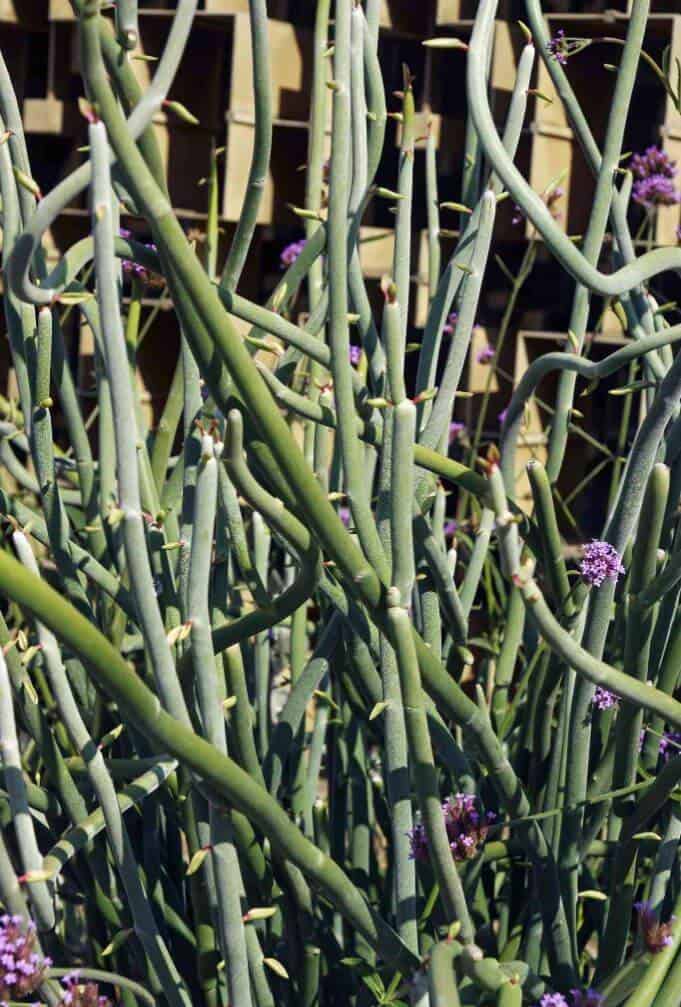
Tolerant of both heat and drought, this Central American native is easy to care for once it takes. These plants die more often from overcare than from neglect. With well-draining soil and bright sunshine, you’ll have numerous blooms in no time. In dry climates, they do very well due to low watering requirements and are a popular choice for adding color to desert landscaping and gardens. They can be container cultivated successfully.
Soil
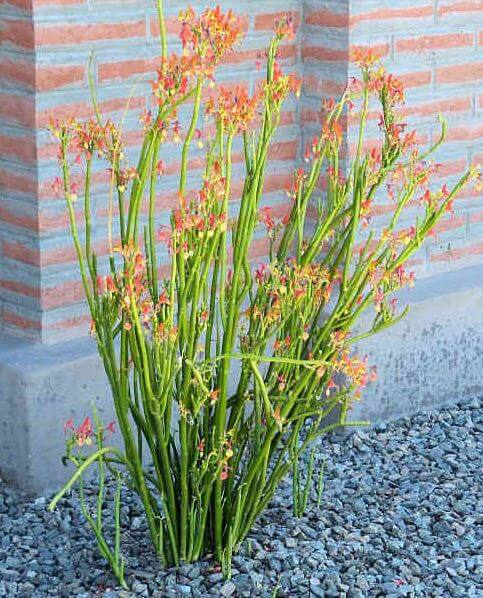
A Slipper plant does not have any particular requirements in terms of soil or the soil pH and does quite well in soil that is poor quality as long as it is dry. The most important characteristic of successful cultivation is excellent drainage.
Light
If you hope that your Slipper plant produces its famous blossoms, your plant should be located in full sunlight. The amount of light it receives directly corresponds to the number of flowers it develops.
Water
As a desert native, it manages with infrequent watering. Mature established plants will thrive with only one or two waterings monthly. It is an ideal choice for areas where water conservation is a priority. The Slipper plant should never be left to stand in wet soil.
Humidity
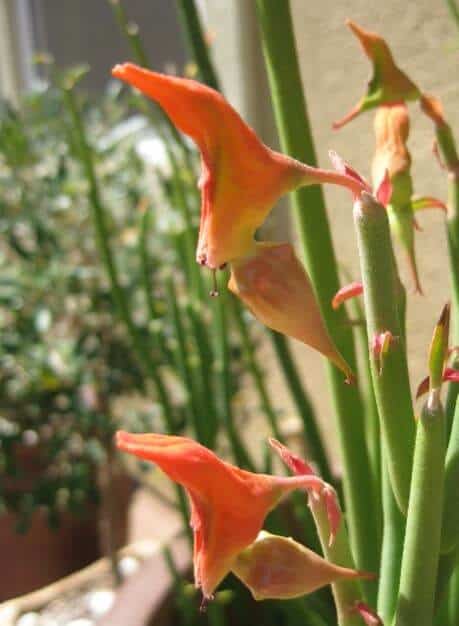
If you are cultivating in a dry climate, this is not a problem. Because this plant is tolerant of drought, it does not require humidity to survive and grows well in arid environments.
Temperature
The Slipper plant is a lover of heat and thrives in exceptionally hot temperatures. Happily, mature plants will also tolerate colder weather and will survive even if temps drop to 20°F. although younger plants and growth can be harmed when temperatures drop to freezing. The Slipper plant can be cultivated in USDA hardiness zones 9 through 11.
Feeding
As a desert dweller, the Slipper plant manages well in poor, nutrient-low desert soil. It is not necessary to feed your Slipper plant when cultivated in a garden bed. If you are container cultivating in poor soil, you can feed your Slipper plant monthly with a succulent fertilizer diluted to half-strength.
Pruning
If your plant has any damaged stems, remove them in early spring. Experts suggest pruning some stems after blooming to stimulate new growth and new flowering. Prune stems at the plant’s base. When pruning, wear gloves as the Slipper plant’s sap is toxic and can cause skin irritation.
Repotting a Slipper Plant
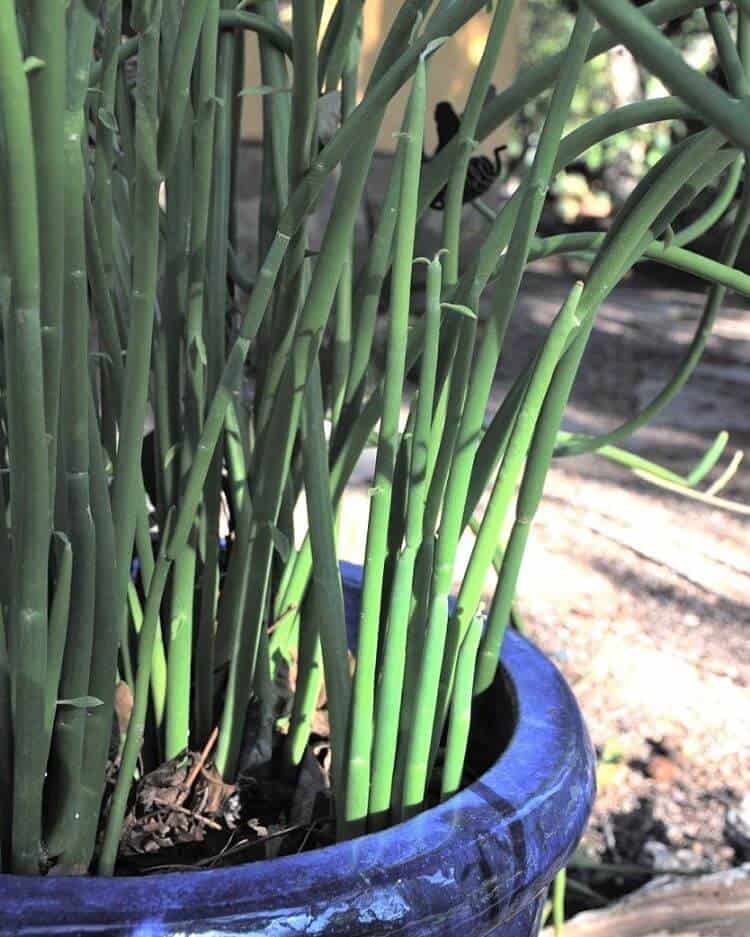
This is a garden plant that does well when cultivated in containers. If you live in a colder area, you may want to container cultivate so that they can be overwintered and moved inside when winter rolls around.
Mature plants require very large containers such as a three-gallon pot or greater. Containers must have great drainage as the Slipper plant should not be allowed to stand in water. As a slow grower, the Slipper plant does not need to be repotted very often when container cultivated. To repot, place the plant and container on its side and slide the plant out of its pot. Select a container that is one size larger and uses fresh soil that offers exceptional drainage.
Slipper Plant Overwintering
As desert residents, Slipper plants grow in climates with temperate winters and as such, do not require overwintering. If your area experiences temperatures that fall below 20°F. however, then your Slipper plant needs to be overwintered. If you have planted it in the garden bed, gently uproot it from the soil bed and transfer it to a properly sized pot and move it indoors. If you have a container cultivated, just move your potted Slipper plant inside.
Slipper Plant Propagation
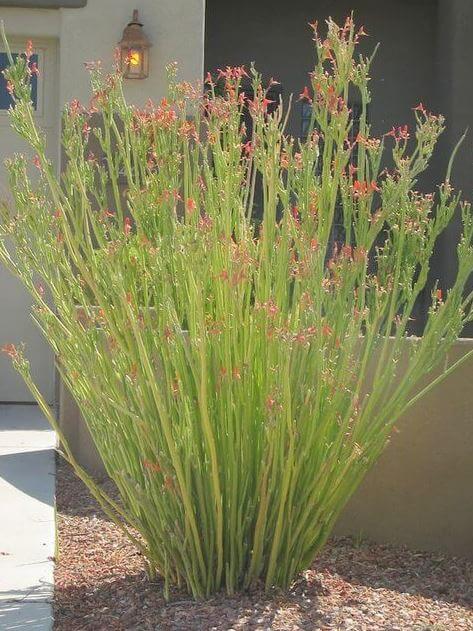
Slipper plants can be propagated with cuttings or through root division. Due to its very slow growth habit, it is not suggested that you try to grow one from seed. Root division is probably the easiest way to propagate.
- Dig up your Slipper plant with its root system gently.
- Using garden shears cut the plant’s root system into equally sized sections.
- Each section needs to possess healthy roots and some foliage.
- Plant the divided sections into individual pots or in separate garden spots.
Slipper Plant Propagation Using Cuttings
- Remove a stem section from plant stems using sterile garden shears.
- Place the cutting in a warm, dry spotand wait for the cut end to callous.
- Place your cutting’s calloused end into well-draining soil.
- Place the container in a sunny location and water it every three to four days.
- Gradually reduce watering to once every two weeks.
Slipper Plant Problems
Root rot is a common problem if you have overwatered, or your soil or container has poor drainage. If your plant is affected by root rot, repot it in fresh soil with excellent drainage.
Slipper plants can demonstrate weakness in both bacterial and fungal infections. To prevent this, keep your plant in a warm, dry area. Dampness and excessive humidity can be detrimental. Symptoms of an infection may include yellowing leaves or spots. Remove any affected foliage.
Pests like spider mites or mealybugs may be attracted by your plant. Remove dying and decaying leaves where pests may hide. If you notice webbing or other signs of a pest infestation, wash your plant with a spray of water and apply insecticidal soap.
Slipper Plant Toxicity
Slipper plants are toxic to humans and to family pets. The plant’s sap can irritate the skin or the digestive tract if ingested.

